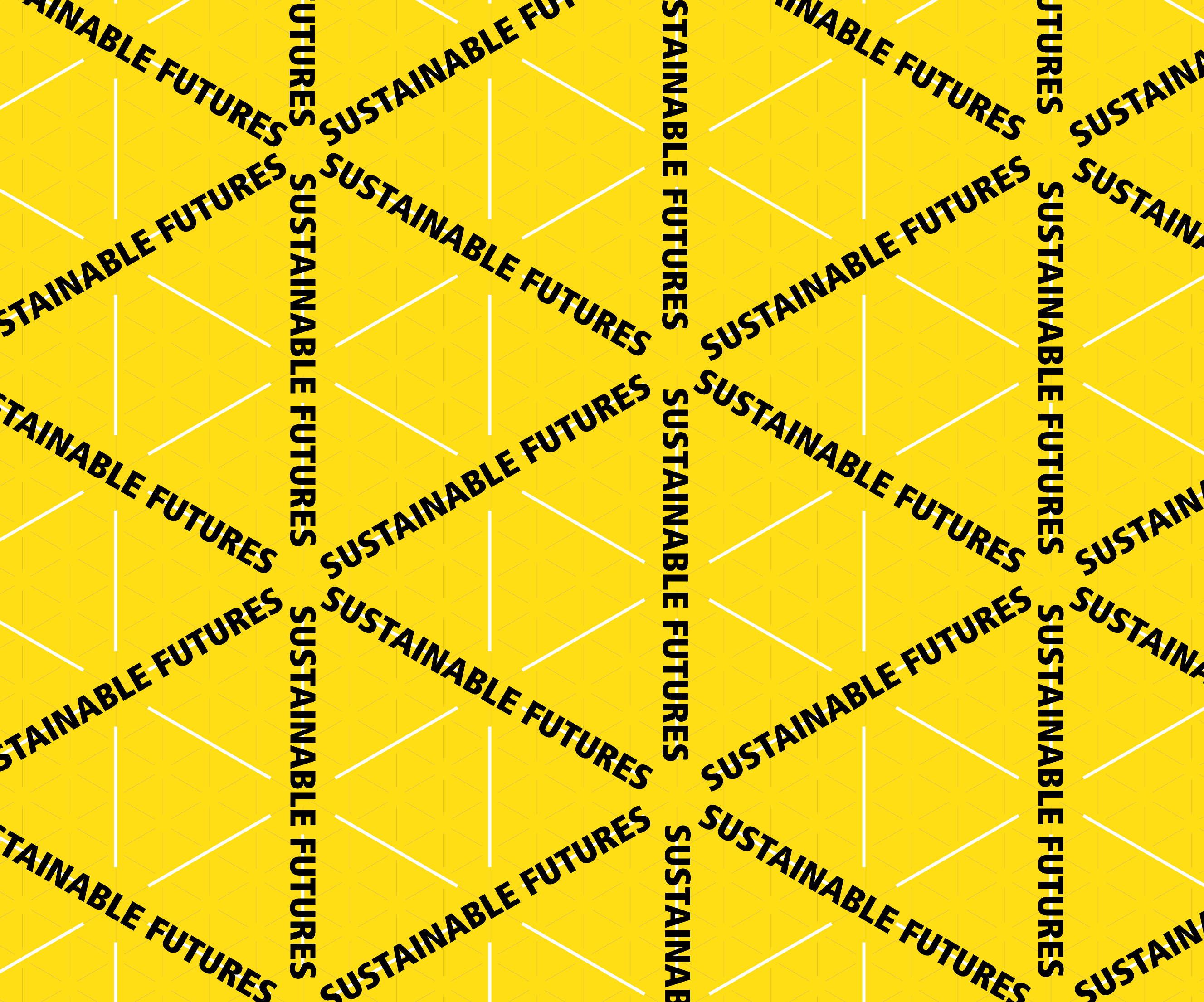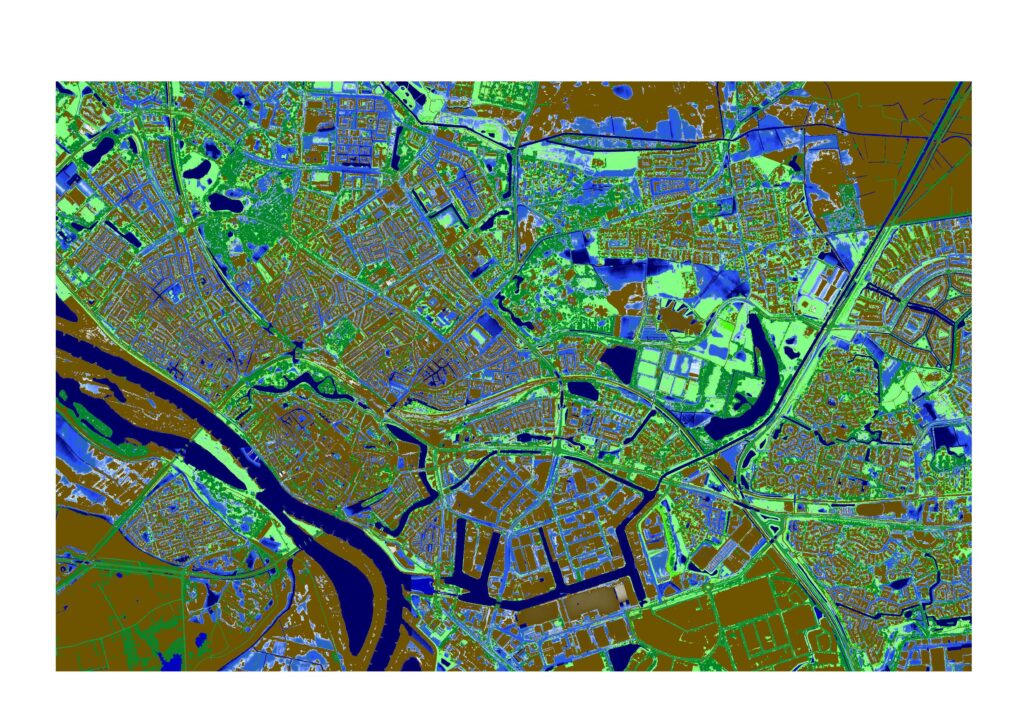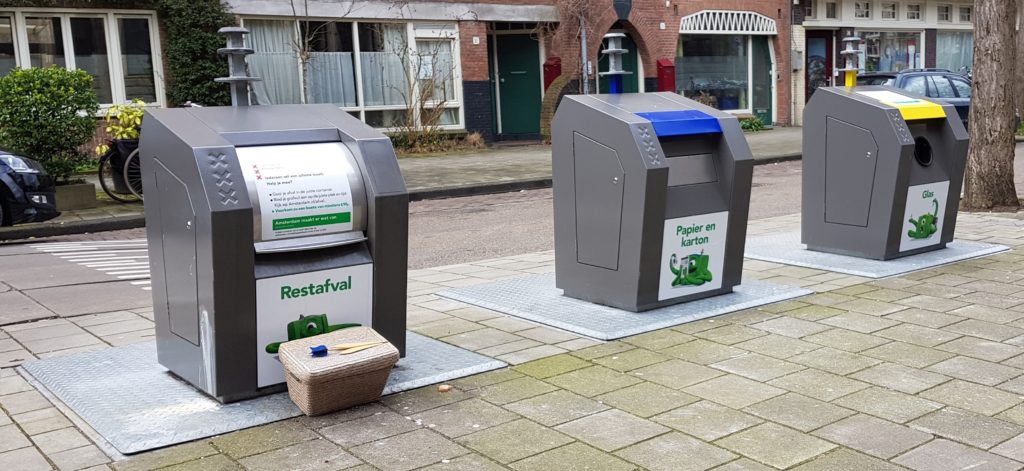Theme
Digital Monitoring For Sustainability
Digital Monitoring for Sustainability involves using digital technologies to monitor and evaluate progress towards SDGs. Using a range of digital tools to collect, analyze and visualize data on sustainability indicators such as climate change, biodiversity, and social equity. By enabling real-time monitoring and reporting, we can support and enhance transparency and accountability in sustainability efforts.

What do we work on?
We help organisations increase their performance on Environmental, Social and Governance (ESG) criteria.
We do this, by helping organisation to identify risks and opportunities and co-design creative interventions.
Together with a multidisciplinary team we bring together available data-sources and use digital tools to create dashboards and monitors.
Our aim is not to only monitor the criteria, but we aim to use them to steer towards transformation. That is why we make it tangible and relatable to all people involved by creating real-life interventions. We create tools, build installations and expositions that enable people and organisations to relate to the sometimes abstract data, on a personal, organisational and societal level.
Examples of projects to work on together:
- “Climate Watchdog: Real-time climate data visualization”
- “Biodiversity Tracker: Digital tools for monitoring ecosystems”
- “Sustainable Campus Dashboard: Monitoring campus sustainability indicators”
Other themes we work on
DIGITAL ACTIVATION OF HEALTH & WELLBEING
Digital activation of health and wellbeing refers to the use of digital technologies, such as mobile apps, wearables, and online platforms, to promote and support healthy behaviors and lifestyles and spark dialogues between the people who use them.
DESIGNING REGENERATIVE CITIES
Regenerative city design focuses on creating sustainable systems that enable cities to thrive while also contributing to the health and wellbeing of the planet and its inhabitants. This involves integrating natural systems into urban design, promoting renewable energy sources, supporting local food systems, and fostering social connections and community engagement. By prioritising regenerative practices, cities can become more resilient, adaptable, and thriving for current and future generations.
COMPUTATIONAL FASHION DESIGN
Computational fashion design is the use of computer software and technology to create sustainable fashion products. By using these tools, designers can explore and experiment with a wide range of materials and design possibilities while minimizing waste and reducing the environmental impact of the fashion industry. Computational fashion design is an important step towards a more sustainable and eco-friendly fashion industry.








